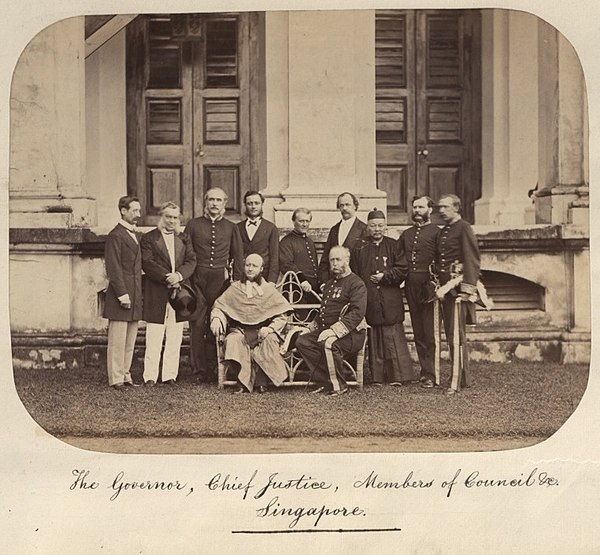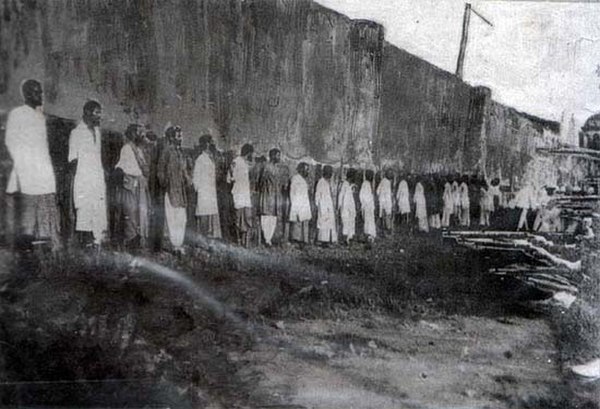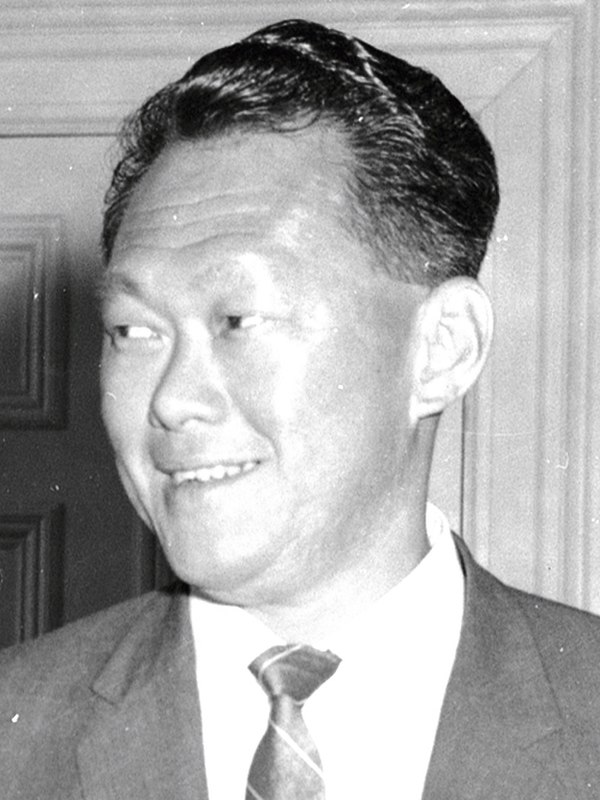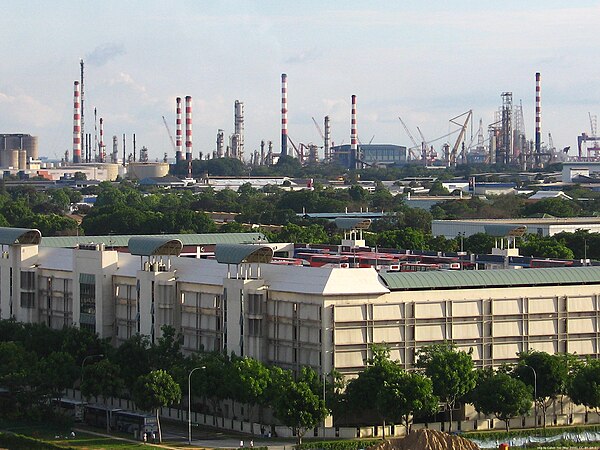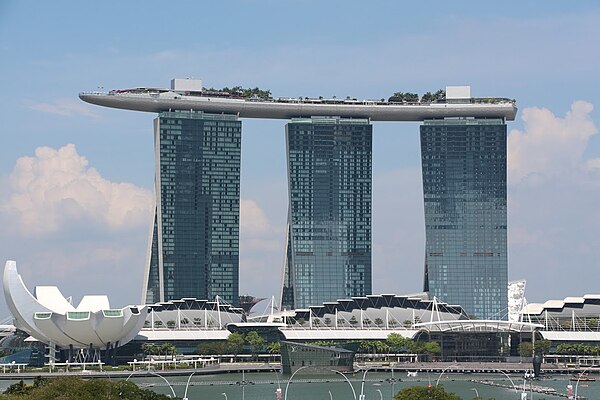
History of Singapore
Singapore's history as a significant trading settlement traces back to the 14th century, even though its modern founding is credited to the early 19th century. The last ruler of the Kingdom of Singapura, Parameswara, was expelled before establishing Malacca. The island subsequently came under the influence of the Malacca Sultanate and then the Johor Sultanate. The pivotal moment for Singapore came in 1819 when British statesman Stamford Raffles negotiated a treaty with Johor, leading to the creation of the Crown colony of Singapore in 1867. Singapore's strategic location, natural harbour, and status as a free port contributed to its rise.[1]
During World War II, the Japanese Empire occupied Singapore from 1942 to 1945. Post-war, the island returned to British rule, gradually attaining more self-governance. This culminated in Singapore joining the Federation of Malaya to become part of Malaysia in 1963. However, due to a myriad of issues including racial tensions and political disagreements, Singapore was expelled from Malaysia, gaining independence as a republic on 9 August 1965.
By the close of the 20th century, Singapore had transformed into one of the globe's most affluent nations. Its free market economy, bolstered by robust international trade, propelled it to have Asia's highest per capita GDP and the world's 7th highest.[2] Furthermore, Singapore holds the 9th position on the UN Human Development Index, underscoring its remarkable development and prosperity.[3]





